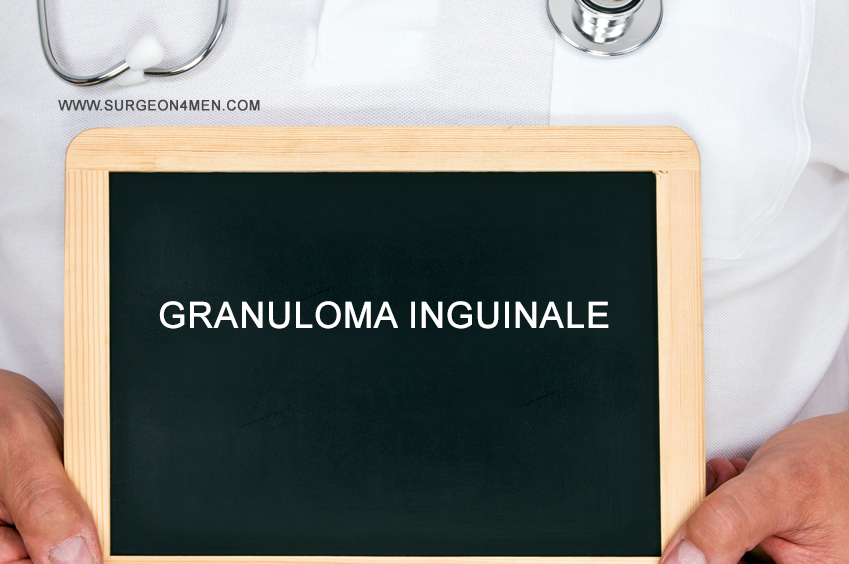Granuloma Inguinale
A form of sexually transmitted disease, granuloma inguinale is transmitted through vaginal or anal intercourse. Caused by Klebsiella granulomatis bacterium, Donovanosis affects more men than women. People in the 20-40 age group are more at the risk of this chronic bacterial infection.
The condition typically affects the genital region, especially the skin and mucous membranes, causing nodular lesions that erupt into beefy red bumps and ulcers that can be destructive locally and expand progressively.
Granuloma Symptoms
Symptoms of infection may take 1 to 12 weeks to appear. In almost half of the infected persons, sores start to appear in the anal area.
- Some may experience small, beefy-red bumps around the anus or in the genitals. The painful nodule slowly enlarges in about 1-12 weeks to take the form of a raised, moist, beefy red lesion with a bad odor that may spread to other parts.
- Gradually, there is more scarring of the skin, turning the bumps into raised, velvety nodules that can easily bleed.
- Slowly the infection spreads to the entire genital region, damaging the tissue. The damage to the tissue may spread to the inguinal folds – where the legs and the torso meet.
- There is loss of color in the genitals and the surrounding skin.
- Groin, scrotum, penis, and thighs are the most common sites of infection in men, while in women, it is the vagina and vulva that are most affected by the disease.
- The bacteria may cause secondary infections and extensive tissue destruction.
Granuloma Diagnosis
 In its early stages, it is difficult to differentiate between Chancroid and donovanosis, since the symptoms are alike. However, as the disease progresses, it may look more like advanced genital cancers. If left untreated, granuloma inguinale may gradually spread to other parts of the body, including joints, bones, or liver, through the bloodstream.
In its early stages, it is difficult to differentiate between Chancroid and donovanosis, since the symptoms are alike. However, as the disease progresses, it may look more like advanced genital cancers. If left untreated, granuloma inguinale may gradually spread to other parts of the body, including joints, bones, or liver, through the bloodstream.
The doctor may conduct a microscopic examination on the edges of a lesion to checkDonovan bodies in fluid. The presence of Donovan bodies confirms the diagnosis.
Biopsy specimen may be taken if the lesions are dry or necrotic and adequate fluid cannot be taken, making diagnosis unclear.
Granuloma Treatment
Oral antibiotics may be prescribed to kill the bacteria causing the infection. Other prescription drugs may also be administered if antibiotics aren’t an alternative and the condition has deteriorated. Healing may be slow, and the patient may start to respond to the treatment after a course of 7 days.
A follow-up examination is equally important to ensure that the disease doesn’t reappear after the treatment. Early diagnosis and treatment can significantly reduce the risk of scarring and tissue damage. Delayed or no treatment can cause extensive genital damage and permanent genital swelling & scarring.
Practice safe sexual habits to reduce your chances of contracting sexually transmitted diseases, such as granuloma inguinale.

